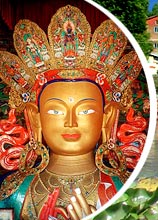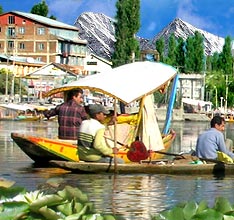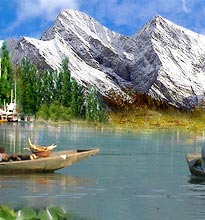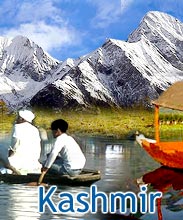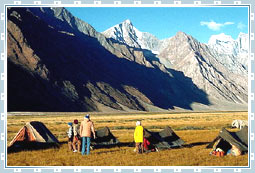 The
most secluded of all the trans Himalayan valleys, Zanskar is situated at
a distance of approximately 20 km to the south of Rangdum. It comprises
of the tri-armed valley system lying between the Great Himalayan Range
and the Zanskar Mountain. The wide central expanse in-between makes up
the juncture of the region's two principal drainages that form the main
Zanskar River. The dominant Buddhist population of the Zanskar valley of
Ladakh mainly resides along the course of this valley system only.
The
most secluded of all the trans Himalayan valleys, Zanskar is situated at
a distance of approximately 20 km to the south of Rangdum. It comprises
of the tri-armed valley system lying between the Great Himalayan Range
and the Zanskar Mountain. The wide central expanse in-between makes up
the juncture of the region's two principal drainages that form the main
Zanskar River. The dominant Buddhist population of the Zanskar valley of
Ladakh mainly resides along the course of this valley system only.As you move across the Pazila watershed on the Zanskar road, you first come to the Stod Valley, one of the main tributary valleys of Zanskar. This valley offers a magnificent view of the imposing Drang-Drung glacier. Believed to be the largest glacier in Ladakh, it comes up as a long and meandering river of ice and snow. The other features surrounding the 5000 sq. km of Zanskar consist of high-rises, mountains and deep gorges.
Zanskar remains inaccessible for nearly 8 months in a year. This is because heavy snowfall leads to closing of all the access passes. One of the few existing cultural images of Tibet, Zanskar stands within the mountain fortifications of the lost Shangri-La. Apart from its picturesque beauty, other attractions of this valley include some ancient, yet active, monastic establishments.

